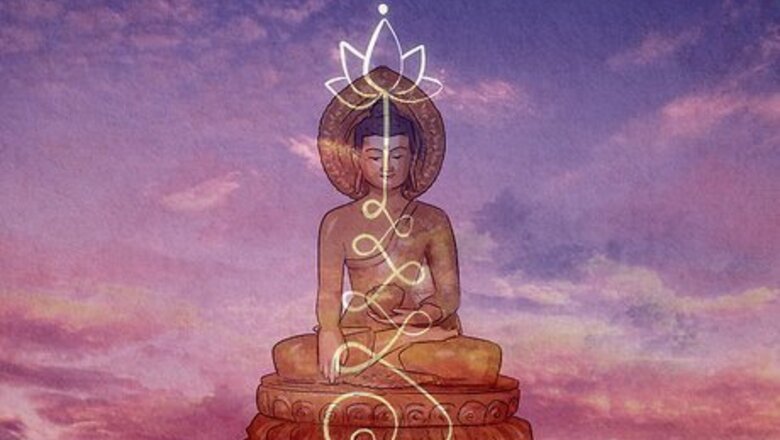
views
- The unalome is a sacred Buddhist symbol that represents enlightenment, or a person’s spiritual path.
- The spiral and loops of the unalome represent life obstacles, and the straight line and dots symbolize enlightenment.
- The unalome is a common and popular tattoo, and is typically considered inoffensive as long as the recipient has an earnest belief in enlightenment.
What is the unalome?
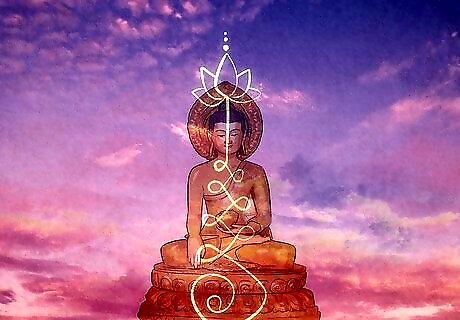
The unalome is a sacred Buddhist symbol for transcendence. Buddhism is full of artworks and symbols that are often used as shorthands for the teachings of the Buddha, or Buddhism’s primary religious figure. The unalome (oon-uh-loam) is one such symbol, often used to represent transcendence, or a person’s path toward enlightenment. The unalome is likely derived from the “urna,” a Buddhist symbol that depicts a swirl of hair between the Buddha’s eyebrows. The unalome is also present in the Hindu religion, where it has very similar meanings. Some also say that in Hindu spirituality, it represents the third eye of the god Shiva, which often symbolizes wisdom and things unseen.
Meaning of the Unalome

The unalome often represents the path you take through life. Like the symbol itself, our life paths are often winding, curving, and maze-like. This reflects our fears, anxieties, victories, and successes, all in one symbol. The unalome reminds us that, while things may seem complicated and inscrutable, we’re each following and forging our own roads through life in order to reach enlightenment.
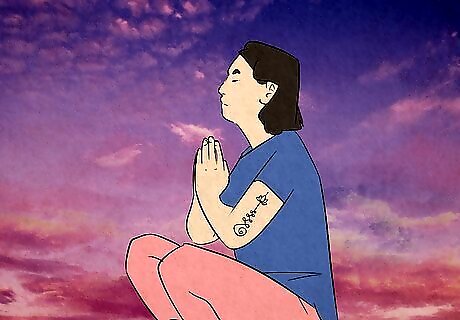
The unalome may also represent spiritual balance. While the unalome twists and turns, it ends at the top with a straight line that leads to understanding, enlightenment, and balance. And even as the symbol tangles, it remains elegant and purposeful, reminding us to seek balance in our spiritual and mental lives, despite the chaos around us.
Parts of the Unalome
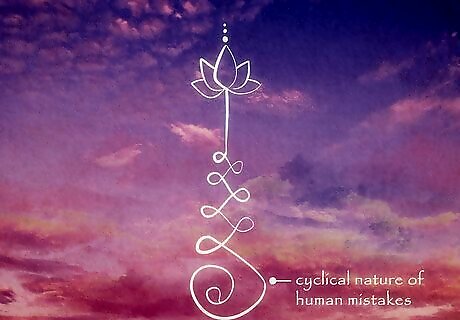
Spiral The spiral at the bottom of the unalome represents the numerous emotions that get in the way of enlightenment. It also represents the cyclical nature of our human mistakes. It rests at the bottom, or the beginning, of the unalome to symbolism our starting point on the road to balance and enlightenment.
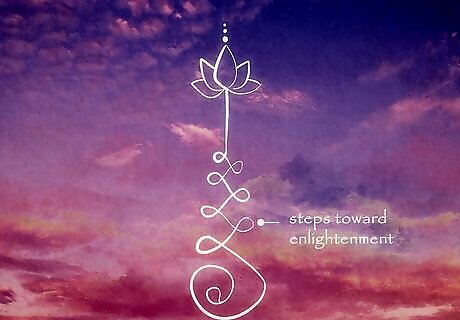
Loops The loops above the spiral represent our steps toward enlightenment. This is when you recognize the journey you must take and start moving toward your end goal. As you progress, the loops become tighter and shorter, as you find life easier to navigate and your understanding grows.
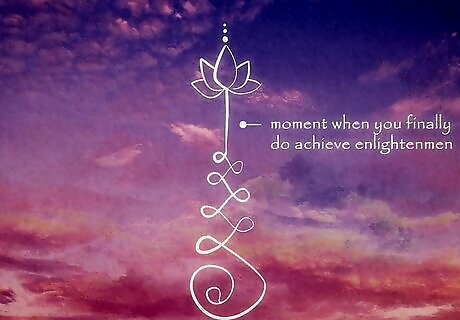
Straight line The straight line represents the moment when you finally do achieve enlightenment. Your path no longer spirals or loops. Rather, it’s disentangled. The road is straight and navigating it is easy. You see clearly and are in harmony with your surroundings. Some say that this line also represents the opening of your third eye chakra, which lets you see the truth clearly.
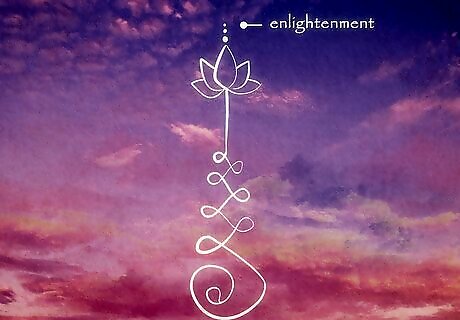
Dots Some say that the dot, or 3 dots, at the end of the straight line represent your end goal: enlightenment. They sit at the end of the road and remind you of your goal. Others say that the dots represent moments of difficulty you encounter along the way. In this interpretation, the dots remind you that even after you reach enlightenment, you remember your troubles as obstacles that made you who you are.
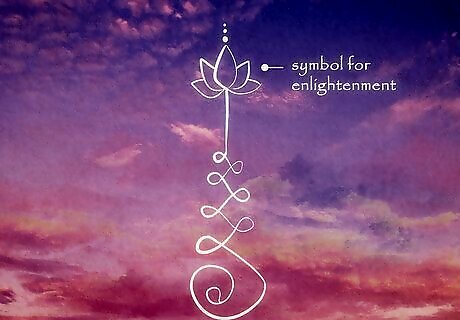
Lotus Sometimes, the unalome ends with a lotus flower at the top, above the straight line or around the dots. The lotus is a classic Buddhist and Hindu symbol for enlightenment. Lotuses often grow strong and vibrant, even in murky or muddy water. In the unalome, it reminds us of our end goal in the path of life.
Unalome Tattoos

The unalome tattoo is common in sacred Thai tattooing. “Sak Yant” is a traditional method of tattooing found in Thailand that often depicts sacred Buddhist designs. Most Sak Yant designs are incredibly intricate, done in a stick-and-poke style, and almost all of them feature the unalome symbol, often as a repeating feature of the tattoo. The term “Sak Yant” comes from “sak,” or the Thai word for tattoo, and “yantra,” which are mystical Sanskrit diagrams often used during meditation.

The unalome is a common modern tattoo. Today, many Buddhist practitioners, or even those simply seeking enlightenment, receive a unalome tattoo as a reminder of their spiritual journey. The tattoo doesn’t need to be stick and poke, and it’s generally not considered offensive as long as the recipient has an earnest belief in enlightenment. Unalome tattoos are often positioned with the spiral at the bottom and straight line at the top, to represent upward growth toward enlightenment. Some say that when the unalome faces away from your body, like on your outer arm or thigh, it represents masculine energies. When it faces toward your body, like on your inner arm, it may represent feminine energies.
Related Symbols
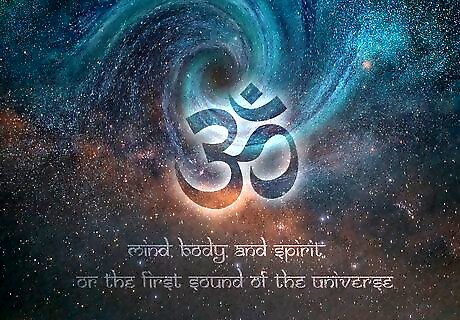
Om The om is a traditional Hindu and Buddhist symbol, and is considered the primary mantras, or “sacred formulas,” or symbolic designs and sounds. It’s said to represent the mind, body, and spirit, or the first sound of the universe. The om is often featured in unalome designs.
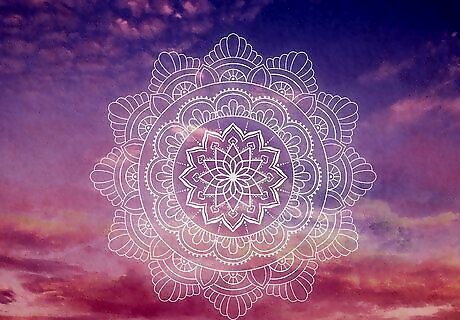
Mandala A mandala is a circular design that’s often used to symbolize or encapsulate many Buddhist or Hindu teachings. It’s said that we start on the outside of the mandala and work our way into the center, where we achieve enlightenment, understanding, and happiness. The unalome is often present in many mandala designs.
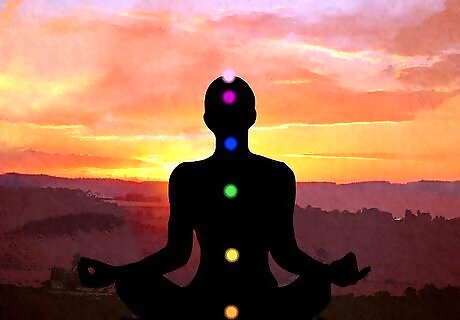
Chakras The seven chakras are said to be points of energy that connect your mind, body, and soul. Each chakra is found on a different location on your body, and each has a different symbol. While meditating some people choose to focus on each chakra in order to harness or release the energy associated with it.
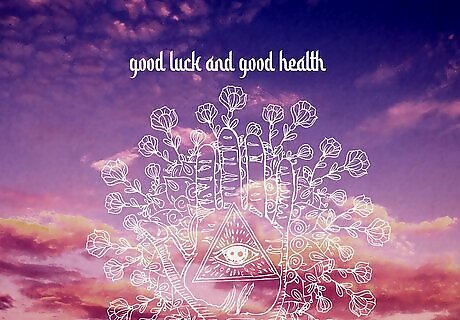
Hamsa The hamsa is a depiction of a right hand that originated in Arabic cultures. It’s said to defend the person wearing it against the evil eye, or negative energies. It’s also said to bring good luck and good health. Recently, it’s become a popular tattoo, similar to the unalome.
















Comments
0 comment